Using homemade fertilizer for potatoes is an excellent way to promote healthy growth and maximize your harvest. Commercial fertilizers may contain hazardous chemicals that might cause health problems, making homemade fertilizers more affordable and environmentally beneficial.
In this guide, we will reveal three easy recipes for homemade organic fertilizers so you can have a bountiful potato harvest this year. We would also look into the appropriate soil pH and the ideal fertilization period for potato plants. So let’s kick off this educating journey together!
Contents
When Should Potatoes Be Fertilized?
Fertilizing potato plants at the right time is essential for their healthy growth and maximum yield. Here’s a simple instruction to help you understand the correct timing for fertilizing young potato plants.
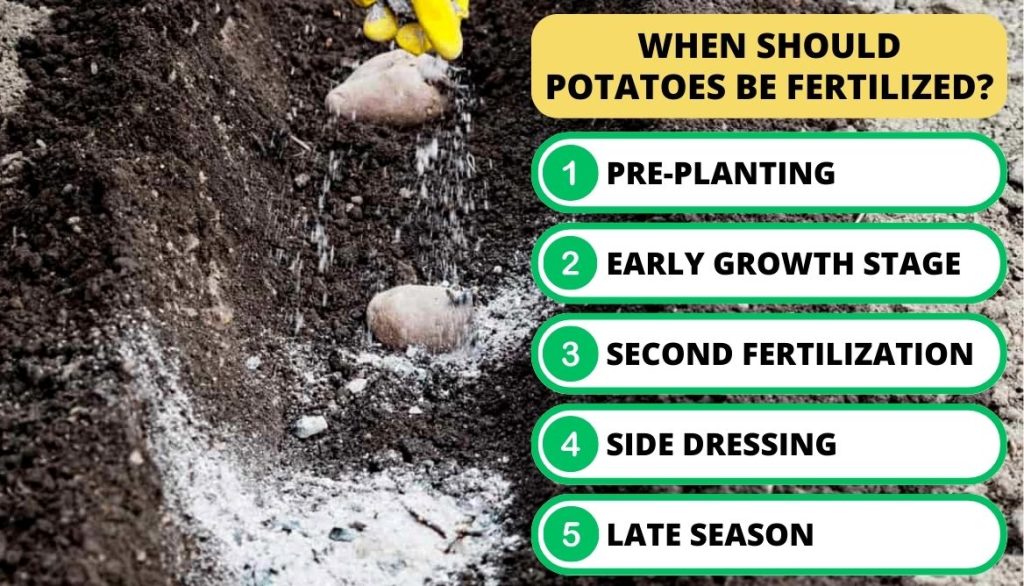
1. Pre-Planting
It’s a good idea to add organic matter, such as compost or well-rotted manure to your soil, before growing your seed potatoes. This will strengthen the soil’s fertility and provide your plants with a solid foundation.
2. Early Growth Stage
Once your seed potatoes have emerged from the ground and are about 6 to 8 inches tall, it’s time to apply the first round of fertilizer. Use a balanced fertilizer, such as a 10-10-10 or 14-14-14, and apply it evenly around the base of the vegetable plants, avoiding direct contact with the stems or foliage.
3. Second Fertilization
About four to six weeks after the initial fertilization, when the potato plants are actively growing and developing more foliage, it’s time for the second round of fertilization. Use the same balanced fertilizer as before and apply it in the same manner. Avoid over-fertilize potato plants.
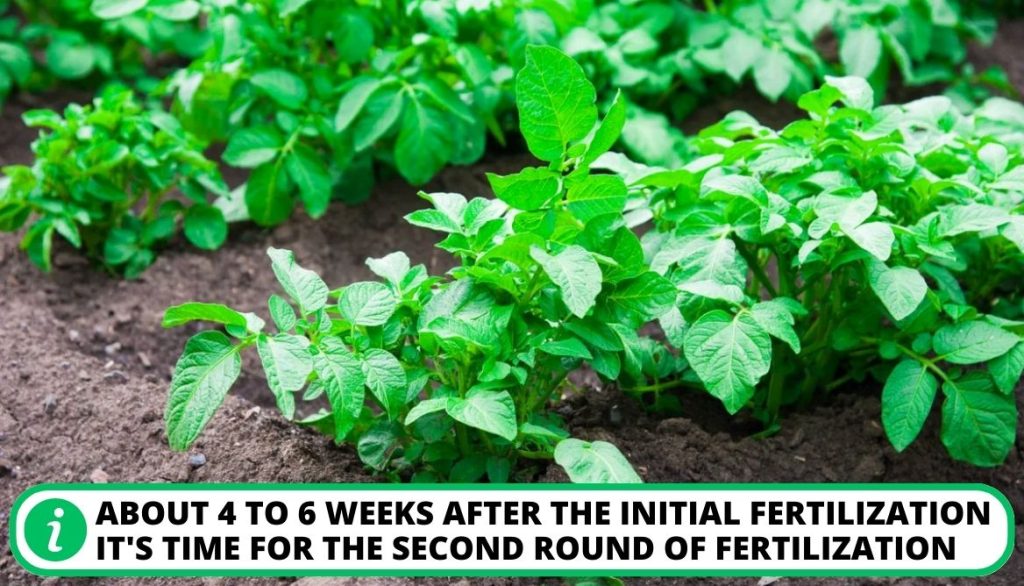
4. Side Dressing
Two to three weeks after the second fertilization, when the seed potatoes are in full bloom, you might think about side-dressing them with an organic fertilizer that is high in nitrogen. Nitrogen can promote healthy foliage growth and enhance tuber development.
Avoid coming into direct touch with the plants when applying the nitrogen fertilizer along the margins of the rows. For the proper application rate, follow the directions on the fertilizer package.
5. Late Season
As the potato plants approach maturity and the foliage starts to die back, it’s best to stop fertilizing potatoes. At this stage, the plants focus on maturing the tubers, and additional fertilization may disrupt this process.
Instead, focus on providing adequate water and ensuring the plants receive enough sunlight for the tubers to develop fully.
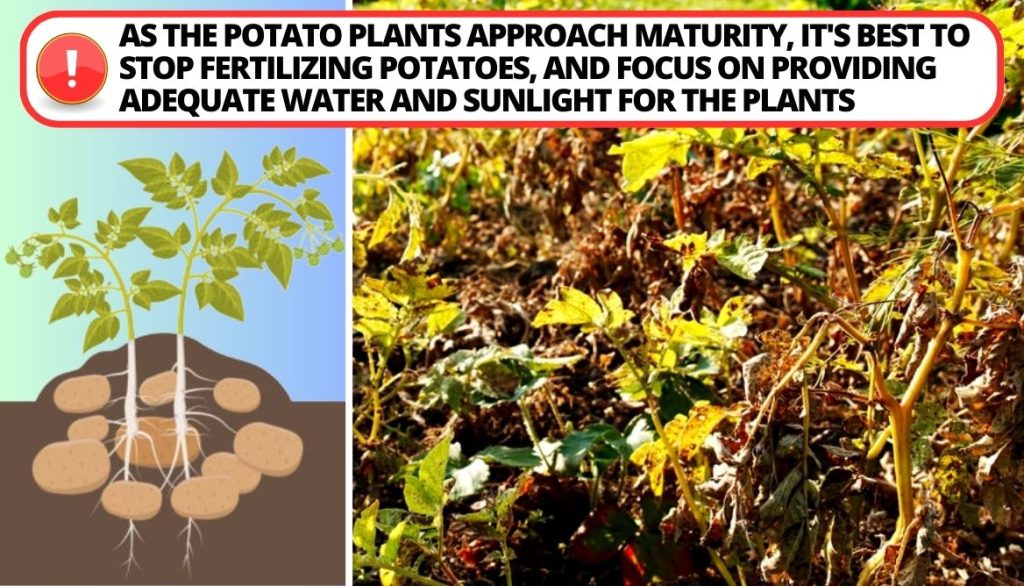
Preparing Soil To Plant Seed Potatoes
It is essential to adequately prepare the soil before planting potatoes in order to maximize development and production. Here is a quick way to get your soil ready for growing potatoes:
- Choose the Right Location: Select a sunny spot in your garden with well-drained soil. Potatoes thrive in full sun, so choose an area that receives at least six to eight hours of direct sunlight each day.
- Clear the Area: Remove any weeds, rocks, or debris from the planting area. Weeds compete with potato plants for nutrients, water, and space, so it’s important to clear them out.
- Loosen the Soil: Use a garden fork or a tiller to loosen the soil to a depth of about 8 to 10 inches (20 to 25 cm). This will allow the potato roots to penetrate easily and encourage proper drainage.
- Improve Soil Structure: If your soil is heavy or compacted, you can improve its structure by adding organic matter such as compost, well-rotted manure, or leaf mold. Spread a layer of organic matter over the planting area and work it into the soil using the garden fork or a tiller. This will enhance the soil’s fertility, water-holding capacity, and overall texture.
- Check Soil pH: Potatoes prefer a slightly acidic to neutral soil pH range of 5.0 to 6.5. Test your soil’s pH level using a soil testing kit available at garden centers or send a sample to a local agricultural extension service for analysis. If the pH is too high (alkaline), you can adjust it with sulfur or peat moss to decrease it, and if it is too low (acidic), you can add lime to raise it.
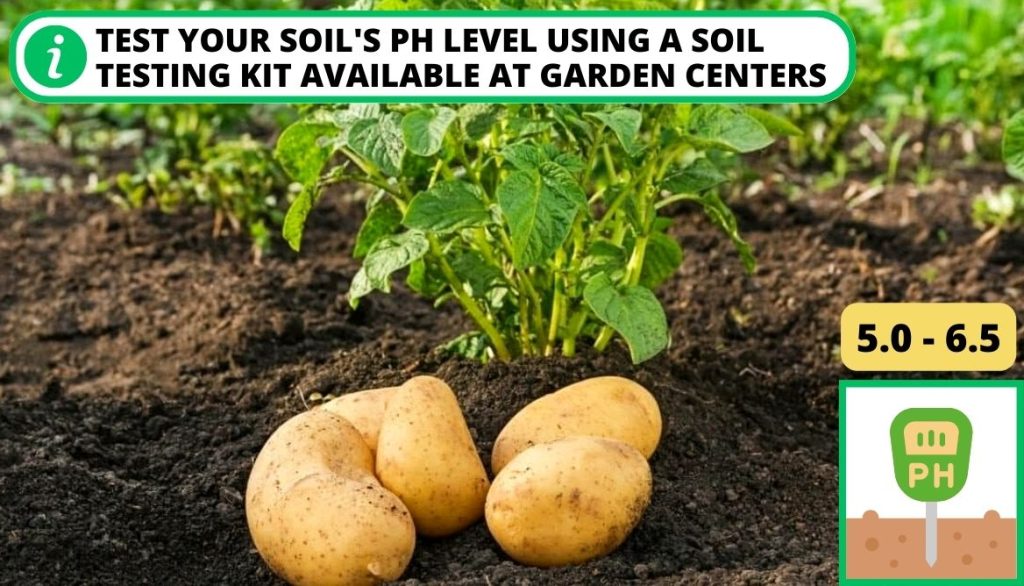
- Apply Fertilizer: Before planting, it’s a good idea to incorporate an organic fertilizer for potatoes into the soil. Sprinkle liquid or granular fertilizers evenly over the planting area and mix them into the top few inches of soil.
- Smooth and Level the Soil: Rake the soil gently to smooth it out and create a level surface for planting. This will help ensure even moisture distribution and uniform growth of potato plants.
What Is The Optimum pH Of The Soil For Potato Plants?
The ideal pH range for soil for potato plants is typically thought to be between 5.5 and 6.0. Although potato plants can handle a pH range of 5.0 to 6.5, keeping the pH within this more constrained range is advised for the best growth and productivity. Here are some important details regarding the ideal ground pH for potato plants:
- Nutrient Availability: The pH of the soil influences the availability of essential nutrients for plants. In the case of potatoes, maintaining a slightly acidic to neutral pH helps ensure that nutrients like nitrogen, phosphorus, and potassium are readily available for uptake by the plants. These nutrients are crucial for healthy foliage growth, root development, and the formation of quality potato tubers.
- Disease Management: The ground pH can also impact the incidence of certain potato diseases. A slightly acidic to neutral pH range helps minimize the occurrence of diseases like potato scabs. Acidic soil conditions inhibit the growth of scab-causing bacteria, reducing the risk of scab-infested tubers.
- Optimal Enzyme Activity: Enzymes responsible for nutrient uptake and metabolic processes in potato plants function optimally within the pH range of 5.5 to 6.0. Maintaining the pH within this range supports efficient enzyme activity, which in turn promotes healthy growth and development.
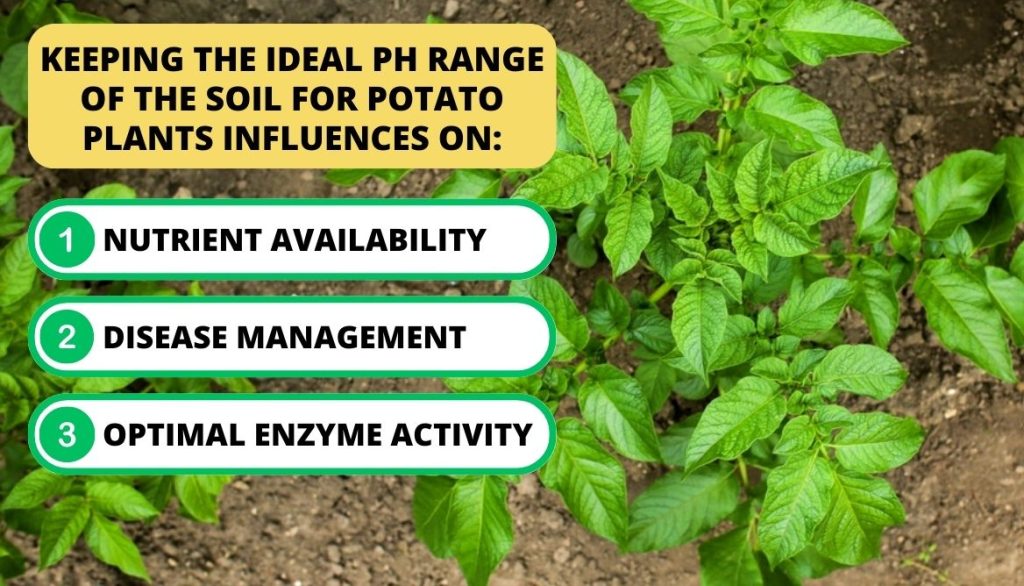
Important Nutrients In An Organic Fertilizer For Potatoes
When it comes to fertilizing potato plants, it’s important to provide them with the necessary nutrients for healthy growth and abundant yields. The best potato fertilizer should contain essential nutrients such as:
- Nitrogen (N): Nitrogen is vital for promoting vigorous foliage growth and overall plant development.
- Phosphorus (P): Phosphorus plays a crucial role in root development, tuber formation, and energy transfer within the plant.
- Potassium (K): Potassium contributes to disease resistance, root growth, water regulation, and overall plant vigor.
- Calcium (Ca): Calcium helps in preventing common potato disorders like blossom end rot and aids in cell structure and nutrient uptake.
- Magnesium (Mg): Magnesium is necessary for chlorophyll production, photosynthesis, and enzyme activation.
- Sulfur (S): Sulfur supports the synthesis of amino acids, proteins, and enzymes in potato plants.
- Trace Elements: Micronutrients like iron (Fe), manganese (Mn), zinc (Zn), copper (Cu), boron (B), and molybdenum (Mo) are also essential for various physiological processes and overall plant health.
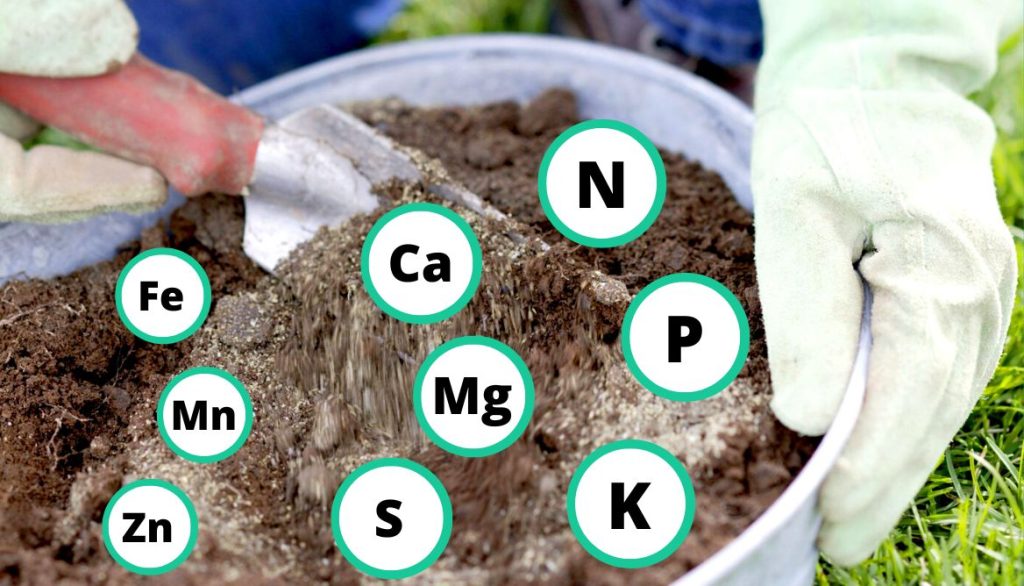
Homemade Fertilizer For Potatoes: 4 DIY Options
Organic fertilizers can be a cost-effective and eco-friendly way to provide essential nutrients to your potato plants. Let’s explore three options for homemade fertilizer below:
1. Using Milk To Fertilize Potato Plants
Milk can be used for fertilizing potatoes providing them with calcium and other nutrients. It can be diluted with water and applied as a foliar spray or added directly to the soil.
Materials:
- Milk (preferably organic or raw milk),
- Watering can or sprayer,
- Water.
Instructions:
- Dilute the milk by mixing 1 part milk with 4 parts water.
- Thoroughly mix the diluted milk solution.
- Apply the liquid fertilizer solution to the potato plants, covering the soil and leaves.
- Repeat the application every two weeks during the growing season.
- Water the plants after applying the milk solution.
- Monitor the plants’ response and adjust the milk application if necessary.
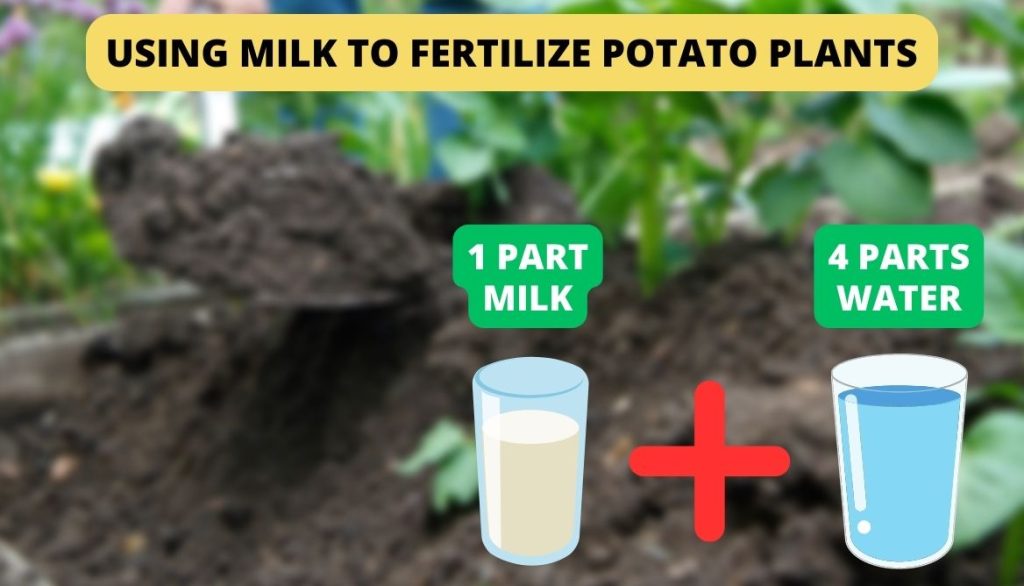
2. Using Cotton Seed To Fertilize Potatoes
Cotton seeds are rich sources of nitrogen and phosphorus, which are important for potato growth. Creating a mixture of cotton seed, and bone meal fertilizer and applying it to the soil can provide these nutrients to the plants.
Materials:
- Cottonseed meal,
- Bone meal,
- Watering can or sprayer,
- Water.
Instructions:
- Prepare the soil by removing weeds and loosening it.
- Determine the recommended application rate for cottonseed meal and bone meal.
- Mix the two fertilizers together in the recommended ratio.
- Sprinkle the mixed fertilizer evenly around the base of the potato plants, avoiding direct contact with the stems and leaves.
- Gently incorporate the fertilizer into the top layer of soil.
- Thoroughly water the plants to help the nutrients penetrate the soil.
- Monitor the plants’ growth and nutrient requirements, repeating the potato fertilizers application as needed throughout the growing season.
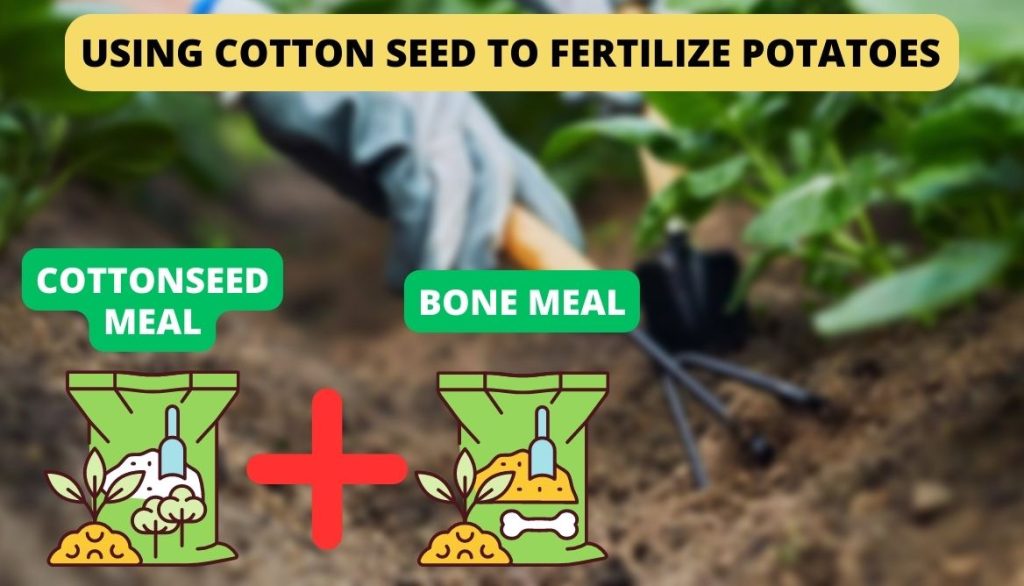
3. The Use Of Eggshells To Fertilize Potato Plants
Eggshells contain calcium carbonate, which can benefit potato plants. Crushing eggshells into small pieces and incorporating them into the garden soil adds calcium and helps prevent calcium-related disorders in potatoes.
Materials:
- Crushed eggshells from 4-5 eggs,
- 1 liter of water.
Instructions:
- Rinse the eggshells thoroughly to remove any egg residue.
- Crush the eggshells into small pieces or powder using a mortar and pestle or a food processor.
- Mix the crushed eggshells with one liter of water and let it sit for about 24 hours.
- Stir the mixture occasionally during the 24-hour period.
- Strain the liquid to remove any remaining shell fragments.
- Use the eggshell liquid fertilizer to water your potato plants once a week during the growing season.
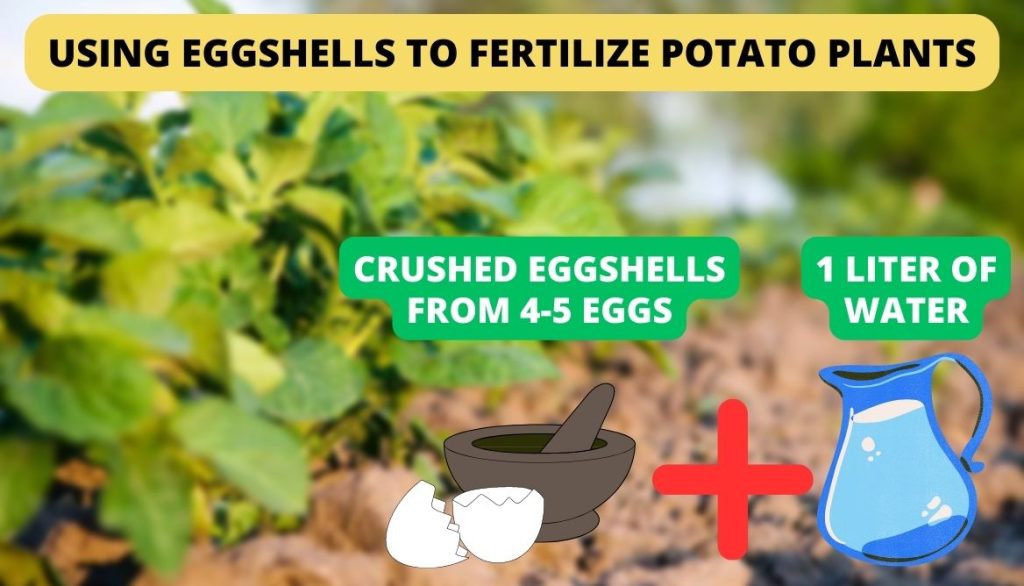
4. Make Organic Granular Fertilizer For Potatoes
Epsom salt fertilizer can be made into particle form. To make granular fertilizer, Follow the steps below using these ingredients:
Ingredients:
- Bath salt,
- Bone meal or fish meal,
- Wood ash,
- Kelp meal or seaweed extract,
- Compost or well-rotted manure.
Instructions:
- Calculate the desired N-P-K ratio, such as 5-10-10 or 10-10-10, and mix the dry ingredients together.
- Add compost or manure for additional organic matter and microbial activity. Optional amendments like rock phosphate or greens can be included in your own fertilizer.
- Allow the mixture to cure for a few weeks.
- Apply the fertilizer around the base of potato plants, avoiding direct contact with the stems, and water thoroughly.
- Regular applications throughout the growing season will provide the necessary nutrients for healthy potato growth.
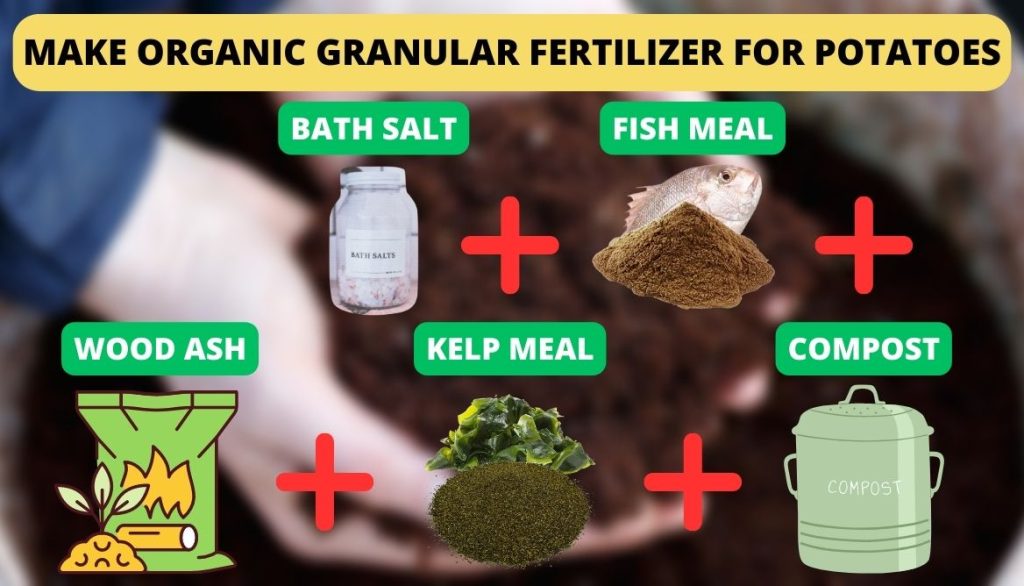
6 Effects Of Over Fertilizing Potato Plant
Fertilize potato plants have several negative effects on their growth and overall health. Here are some potential consequences of using excessive fertilizer in growing potatoes:
- It can cause nutrient burn, where the high salt levels in liquid fertilizers damage the roots and foliage, leading to stunted growth and leaf discoloration.
- Imbalanced nutrient uptake can occur, disrupting the plant’s ability to absorb essential nutrients.
- Excess fertilizer can also leach into water sources into vegetable gardens, causing pollution and harmful algal blooms.
- Overfertilized plants are more susceptible to diseases and pests due to weakened defense mechanisms.
- The quality of potato tubers may be reduced, resulting in irregular shape, smaller size, and lower starch content.
- Overfertilization also has environmental impacts, including nutrient runoff and greenhouse gas emissions.
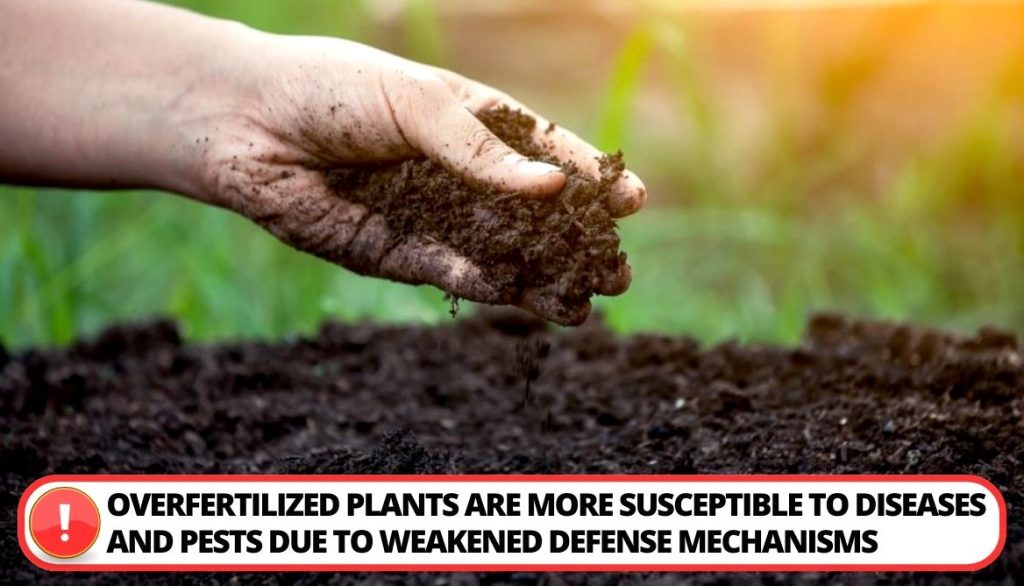
FAQ
What is the best natural fertilizer for potatoes?
A natural fertilizer that works well for potatoes is compost. Compost is rich in organic matter, provides a balanced array of nutrients, and improves soil structure and fertility in vegetable gardens.
How do you make homemade potato fertilizer?
You can make homemade potato fertilizer using common household items or natural ingredients like eggshell, milk, banana, wood ash, rock phosphate, etc.
Are coffee grounds good fertilizer for potatoes?
Coffee grounds can be used as a fertilizer for potatoes. They contain some beneficial nutrients like nitrogen, potassium, phosphorus, and trace minerals. Coffee grounds also improve soil structure, drainage, and water retention.
Do potato plants like Epsom salt?
Epsom salt, which is magnesium sulfate, is occasionally used as a supplement for some plants, including potatoes. Magnesium is an essential nutrient for plants and they can provide a quick source of magnesium when deficiencies are observed.
Conclusion
Homemade fertilizer for potatoes can be done yourself using natural ingredients such as milk, cottonseed, bone meal, Epsom salt, and eggshells. They provide an inexpensive and adaptable substitute for commercial fertilizers. They encourage healthier plants and also pose less harm to the environment.
Have you ever tried making your own homemade fertilizer for potatoes? Leave your answer in the comment section. Thanks for reading.
- How to Get Potatoes to Sprout Eyes: Detailed Growing Guide with 3 Options - July 31, 2023
- Weight of a Medium Potato: Revealed in Detailed Guide - July 29, 2023
- Maris Piper Potatoes: 9 Substitutes You Should Know About - July 27, 2023
Hello! I’m Jessica Zander, a garden coach and consultant based in the Boston area (zone 6b), offering virtual consultations across the country and Canada.
I’ve been passionate about gardening since the early 1990s, and in 2022, I launched You Can Do It Gardening to empower individuals to feel more confident in their gardening endeavors.
Following a 30-year career in nonprofit finance and operations, I transitioned out of that field in mid-June of 2023 due to the growing demand for coaching services. Interestingly, my years of presenting financial statements to boards and finance committees proved to be valuable experience for teaching people about gardening! I enjoy sharing skills, providing guidance and suggestions, and collaborating efficiently with clients to make significant improvements to their outdoor spaces, both small and large. I also regularly teach at the Arlington Continuing Education and Cambridge Adult Education.
My approach is direct and practical, akin to Mary Poppins, but tailored to your garden. Clients find satisfaction in saving money and taking pride in their own gardening achievements.

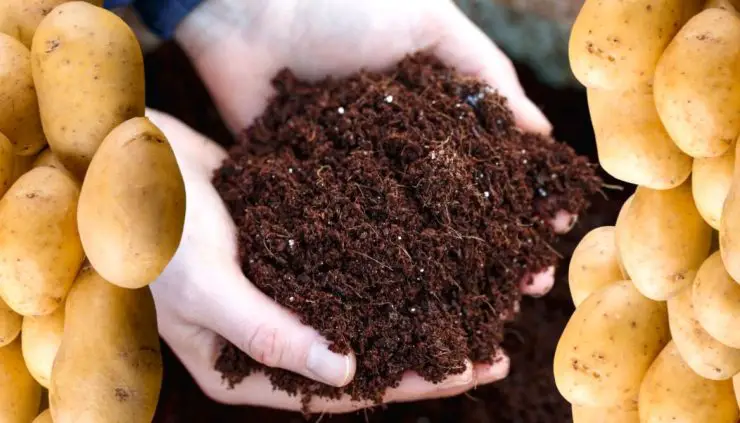
Add comment